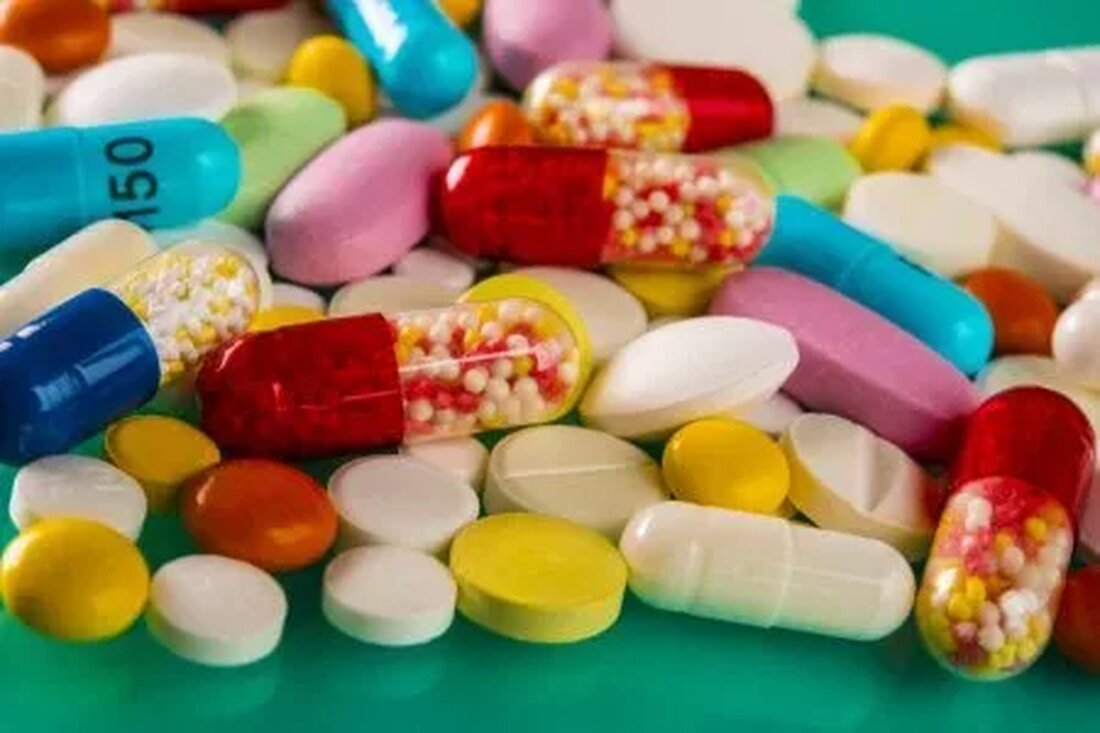Inactive ingredients in medicine can be biologically active!
Some supposedly inactive ingredients in common medicines - such as dyes and preservatives - may be biologically active and cause unexpected side effects. This is according to a preliminary new study by researchers at the UC San Francisco School of Pharmacy and the Novartis Institutes for BioMedical Research (NIBR). Some supposedly inert ingredients in common medications may be biologically active. Most medications contain only a relatively small amount of their active pharmaceutical ingredient (e.g., the acetaminophen in Tylenol and other medications). The rest of a pill, liquid or injectable, may consist of ingredients including preservatives, dyes, antimicrobials and other compounds,...

Inactive ingredients in medicine can be biologically active!
Some supposedly inactive ingredients in common medicines - such as dyes and preservatives - may be biologically active and cause unexpected side effects. This is according to a preliminary new study by researchers at the UC San Francisco School of Pharmacy and the Novartis Institutes for BioMedical Research (NIBR).
Some supposedly inert ingredients in common medicines may potentially be biologically active
Most medications contain only a relatively small amount of their active pharmaceutical ingredient (e.g., the acetaminophen in Tylenol and other medications). The rest of a pill, liquid or injectable, may consist of ingredients including preservatives, dyes, antimicrobials and other compounds known as excipients. These ingredients play a critical role in ensuring that a drug's active ingredient is delivered safely and effectively, and impart important properties such as storage stability and the ability to quickly distinguish pills by color.
It is generally believed that excipients are considered biologically inactive because of their long history of use or because they do not cause obvious toxicity in animal testing. Few studies have looked for more subtle effects of long-term exposure to these compounds or their interaction in people taking several different drugs containing these ingredients.
Researchers Brian Shoichet, PhD, of the UCSF Department of Pharmaceutical Chemistry, and Laszlo Urban, PhD, Global Head of Preclinical Safety Profiling at NIBR, had begun to question whether all of these substances were really being used and teamed up to study them. They began the work in 2017 with a database documenting the most accessible pure excipients, which the UCSF group compiled into an easy-to-use excipient browser that relied on a more specialized FDA Inactive Ingredients (IID) database supported by the FDA-funded UCSF-Stanford Center of Excellence for Regulatory Science and Innovation (CERSI).
As reported in their new study, published online July 23, 2020 in Science, researchers have now systematically scanned 3,296 excipients contained in the inactive ingredients database and identified 38 excipient molecules that interact with 134 key human enzymes and receptors.
The research team emphasizes that their study, which did not look for actual effects on human patients, only intended to label molecules that may have negative health effects. The examples listed require further study to understand how they may contribute to side effects of drugs in which they are found.
The data illustrates the following:
“These data show that while many adjuvant molecules are indeed inserted, a good number may have previously unrecognized effects on human proteins known to play important roles in health and disease,” Shoichet said. “We demonstrate an approach that drug manufacturers can use in the future to evaluate the excipients used in their formulations and replace biologically active compounds with equivalent molecules that are truly inactive.”
The team took different approaches. At UCSF, Shoichet's team computationally examined adjuvant molecules that were physically similar to the known biological binding partners of 3,117 different human proteins in the public ChEMBL database. The team then computationally reduced 2 million possible interactions of these adjuvants and human target proteins to 20,000 chemically plausible interactions. Based on visual inspection, researchers identified a subset of 69 excipients with the highest likelihood of interacting with human target proteins and tested these interactions experimentally in laboratory dishes in collaboration with the groups of Bryan Roth, PhD, professor of pharmacology at the University of North Carolina, Chapel Hill, and Kathy Giacomini, PhD, professor of Bioengineering at UCSF and co-director of the UCSF-Stanford CERSI Center.
Experiments have identified various biological interactions with adjuvant molecules and pharmacologically important human proteins
These experiments identified 25 different biological interactions involving 19 adjuvant molecules and 12 pharmacologically important human proteins.
In a complementary set of experiments at NIBR, researchers examined 73 commonly used adjuvants against a group of human protein targets involved in drug-induced toxicity and were regularly used to test drug candidates for safety. They identified an additional 109 interactions between 32 excipients and these human safety targets.
“Our study was intended to build on anecdotal evidence that excipients may be the cause of unexpected physiological effects that occur with certain drug formulations,” said study leader Joshua Pottel, PhD, a former postdoctoral fellow in the Shoichet lab who is now president and CEO of Montreal-based Molecular Forecaster Inc. “It wasn't so surprising to find new properties of studied compounds that have been classified as “inactive” for decades, but it was surprising to see how potent some of these molecules are, especially given the fairly high amounts sometimes used in typical drug formulations. “
Biologically active excipients identified in laboratory dishes deserve further investigation
The biologically active excipients identified in the study in laboratory dishes deserve further study in animal models to determine whether any of them can actually cause adverse side effects in human patients, the authors said. Many should be easily interchangeable with truly adjuvants with similar function, they said, but others may need to develop new replacement compounds.
“After decades of little innovation in drug formulation, we see this as an opportunity for a public-private partnership between the academic, government and pharmaceutical communities to search for new and better excipients, and we are demonstrating one approach to doing so,” Shoichet said. “Given the challenge this work poses to the pharmaceutical status quo, we are grateful for the proactive support the project has received primarily from the FDA and through our collaboration with Novartis and the National Institutes of Health.”

 Suche
Suche
 Mein Konto
Mein Konto
